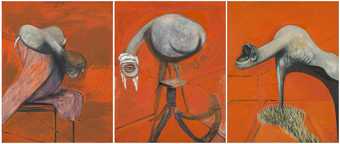We have been busy working on some exciting changes to our free collection displays at Tate Britain. Below are 10 artworks to look out for during your next visit.
10 artworks to look out for at Tate Britain
Discover new stories and voices alongside much-loved familiar favourites
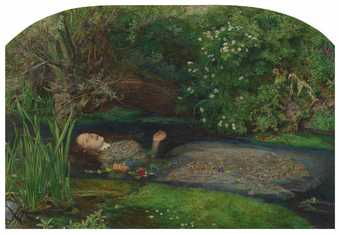
Sir John Everett Millais, Bt
Ophelia
(1851–2)
Tate
Ophelia by John Everett Millais
Ophelia (1851–2) is a visitor favourite, our top-selling postcard and one of the most popular Pre-Raphaelite works in Tate’s collection. Millais painted the tragic death of Shakespeare’s Ophelia in painstaking detail, leaf-by-leaf, over many months.
Artist, poet and model Elizabeth Siddal posed for the painting wearing a wedding dress in a bathtub of water in Millais’s studio.
A Bigger Splash by David Hockney
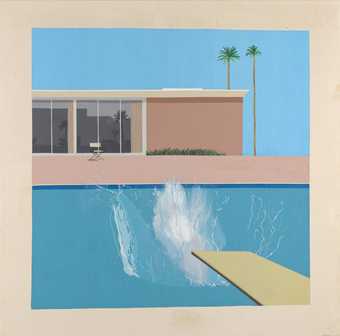
David Hockney
A Bigger Splash
(1967)
Tate
David Hockney’s pop art painting depicts a hot Californian day, made perfect by a splash in the pool (so big it hides the swimmer from sight).
A move to sunny Los Angeles as a young man inspired Hockney’s swimming pool series, including A Bigger Splash (1967). He decided to paint the splash in a very slow way, because ’a splash could never be seen this way in real life – it happens far too quickly.’
Dreams Have No Titles by Zineb Sedira

Zineb Sedira Dreams Have No Titles 2022 Film still © Zineb Sedira, DACS, London
Based in Brixton, Franco-Algerian artist Zineb Sedira often uses her own personal story to examine themes such as politics, family and identity.
In Dreams Have No Titles (2022) she explores her childhood and love of 1960s and 1970s Algerian cinema to ‘connect [my] story to a bigger story’ – it was made during the 60th anniversary of Algeria’s independence from French occupation. Sedira, her parents, son and friends all appear in this nostalgic, affectionate film about community and connection.
Portrait of a Young Girl by Mary Beale
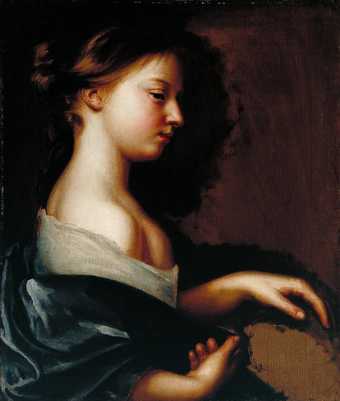
Mary Beale
Portrait of a Young Girl 1633‒1699
Tate
This is one of several Mary Beale works in Tate’s collection. Beale was one of the first women artists working professionally in Britain.
Portrait of a Young Girl (1681) is an informal oil sketch. It was likely an experiment to try to finish it in one session instead of four – this was cheaper and less time-consuming. Beale often used members of her family as models, painting them in ‘side-face’ as the girl is here.
Carnation Lily, Lily Rose by John Singer Sargent
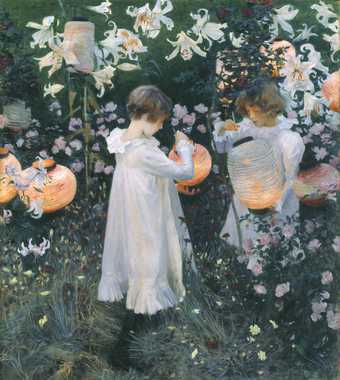
John Singer Sargent
Carnation, Lily, Lily, Rose
(1885–6)
Tate
John Singer Sargent was an American artist who settled in London in 1885 as a much in-demand society painter. In Carnation Lily, Lily Rose (1885–6) he paints two children from life as they light Chinese lanterns in a garden of flowers on a twilit summer evening.
It took almost a year to finish, probably because he could only paint for a few minutes every evening when the light was exactly right.
Fall by Bridget Riley
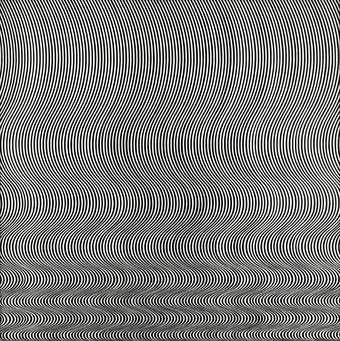
Bridget Riley
Fall 1963
Tate
In the 1960s, Bridget Riley pushed the boundaries of what art could be. She is best known for creating geometric patterns that play with optical illusion.
Riley painted Fall (1963) while experimenting using only black, white and occasionally grey. In this case, she uses the same colours to create a repeated curve that tricks the eye.
Norham Castle, Sunrise by JMW Turner
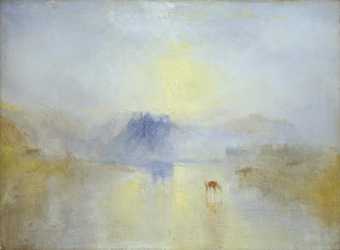
Joseph Mallord William Turner
Norham Castle, Sunrise
(c.1845)
Tate
Tate Britain is home to the world’s largest collection of works by JMW Turner, one of Britain’s best-loved artists.
Norham Castle, Sunrise (1845) is an unfinished painting created late in his career. Here, his unique brushwork and use of colour highlight the blazing light of the sky and landscape. Turner saw the castle during his first tour of Northern Britain and painted the scene many times in his life.
Three Studies for Figures at the Base of a Crucifixion by Francis Bacon
Francis Bacon’s Three Studies of Figures at the Foot of a Crucifixion (1944) is a triptych – a work of art in three sections, typical in religious paintings.
Bacon said the figures in the painting were Furies, ancient Greek goddesses who punished human wrongdoing. Shown in 1945 towards the end of the Second World War, its disturbing images and powerful portrayal of human suffering and fear shocked the public.
Industrial Landscape by LS Lowry
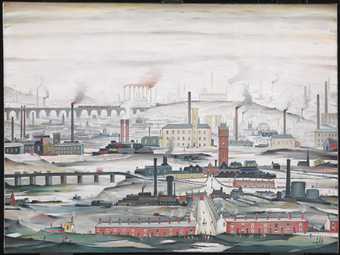
L.S. Lowry
Industrial Landscape
(1955)
Tate
LS Lowry is best known for his unique paintings of urban landscapes and distinctive 'matchstick men’ figures. His drawings and paintings mainly depict Greater Manchester where he lived and worked as a rent collector.
Industrial Landscape (1955) is a typical Lowry cityscape, though this imaginary industrial scene is ‘of no particular place... But by making a start by putting say a church or chimney near the middle, this picture seemed to come bit by bit.’
Chiddy Doing Rene’s Hair by Rene Matić

Rene Matić
Chiddy Doing Rene’s Hair
(2019, printed 2021)
Tate
Born in 1997, Rene Matić is the youngest artist in Tate Britain’s collection displays. Matić is a multidisciplinary artist living and working in London.
As a queer person of colour with mixed heritage, the artist examines ‘immeasurable dimensions of Blackness’ and British identity. Chiddy Doing Rene’s Hair (2019, printed 2021) is one of a number of photographs by Matić on display depicting their circle of friends and allies.

